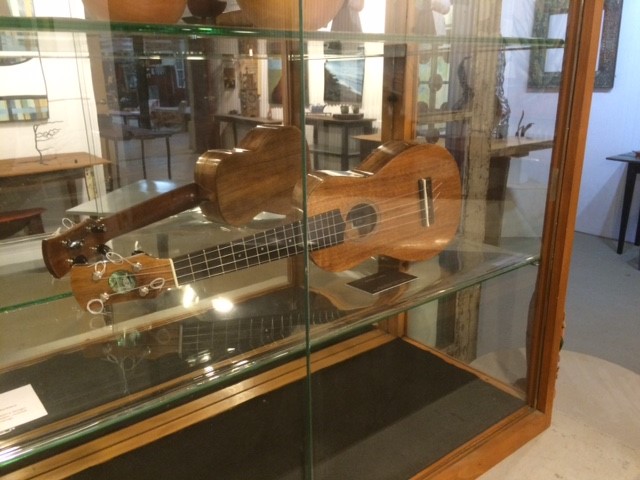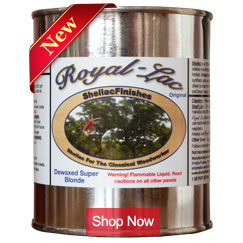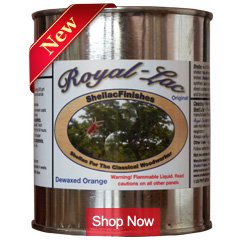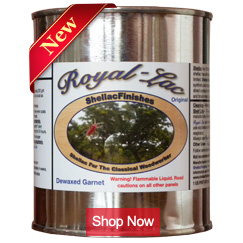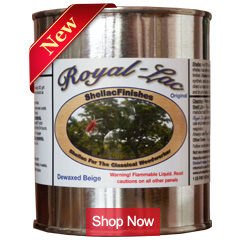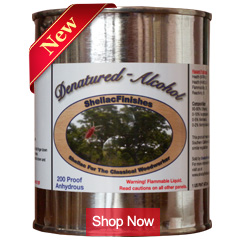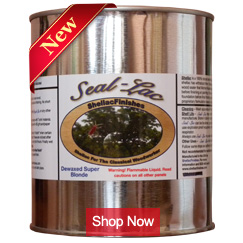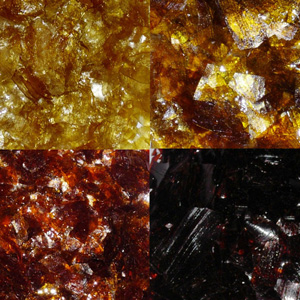Blog
September 1, 2015
Robert O’ Brien, www.obrienguitars.com, a great supporter of Royal-Lac recently polled the folks who had used Royal-Lac for their instruments on his forum, obrien-forum@googlegroups.com
Here is what he wrote:
On Thursday, August 27, 2015 at 10:25:00 AM UTC-5, Robbie O’Brien wrote:
I am interested in knowing how many have tried Royal Lac for a finish and if so, what is your experience working with the product?
Please use this post to talk about type of Royal lac used: rattle can or regular issue as well as how you applied it, your results, etc.Robbie
Here are the replies he received:
I just finished using Royal Lac on my first build and have gotten great results – I’m just out of the cure period and will do the final polish this weekend. I used both the rattle can version of the product and the non-aerosol in the can, and found both went on very smoothly, evenly, and built nicely with successive coats. I used just over 2 rattle cans and a slight amount of pon-aerosol to finish an OM. I followed Robbie’s FP process as well as the longer Luthier Tips du Jour presentation on the Royal Lac. In preparation I used the Garnet shellac and cocobolo dust to pore fill and that went as expected.The cocobolo actually added a nice depth to the mahogany that mahogany dust did not. I did about 4 passes and got a good fill and decent level at that point. Initial seal with a light coat of shellac in prep for Seal-Lac.
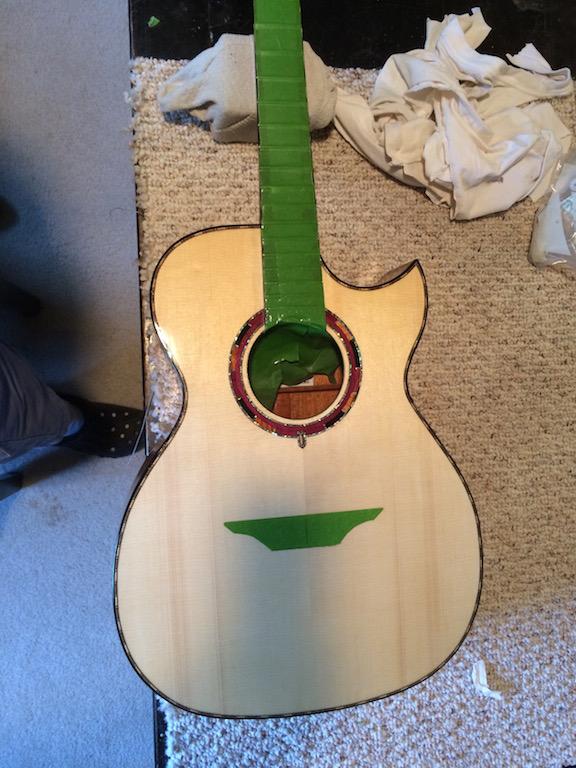
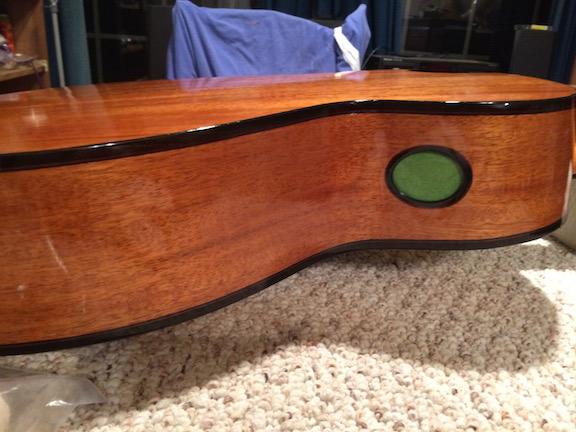
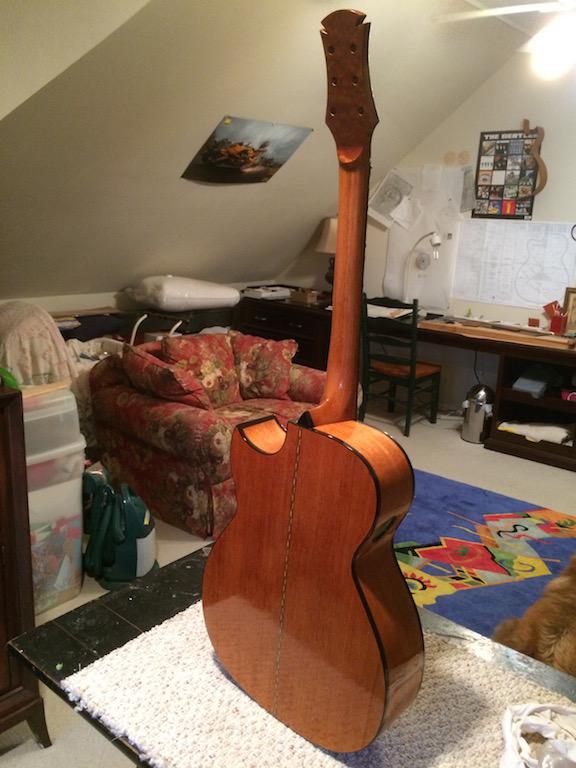
I’ve done 2 guitars and a uke with Royal lack more or less padding on following your technique. The uke is over in England but it looked good the last time I saw it and one of the guitars is sold but I’ve heard no complaints. the last guitar is mine and has been played and sitting out in a stand for 6 months .. no issues.
I’ve done a couple of refinish jobs on classicals with Royal Lac and am now finishing a new guitar. I love the stuff. I’m not very clever with finishes and my work shows it, so the capability to fix problems relatively easily is a big deal to me. I am using the bottled version, padding it on, and polishing with Maguire’s.
I also love the fact that I can do the finish work without a special work area.
Bill
My experience mirrors Kerry’s. I generally followed your technique (padding/fp) on a guitar in Feb, and felt it went faster than my normal FP. I love the durability, since my perspiration could be bottled and sold as shellac stripper. No problems whatsoever, and I have plenty left over from the one can to do another guitar this spring. With any kind of production rate, it would be quite economical as it goes a long way when padding. At one a year, I’ll have to dump the excess after finishing the next guitar because I think it is only good for 18 mo to two years,
Robbie,
I finished two ukes with Royal Lac using it as a FP at a one pound cut. I was very impressed.
David Attenberg
I have completed one instrument FP with Royal Lac and have two more very near completion. My experience with the first intrument was posted previously as the finish crazed after a year. I had used Royal Lac directly on a Zpoxy pore fill. That is a no no. One must apparently either sand the Zpoxy back to bare wood or use a barrier coat of shellac or Seal Lac between the epoxy and Royal Lac. I’ll get to refinish that instrument at some point.
September 8, 2015
Edward Rice sent the following:
This is a Soprano style Ukulele, made with KOA from Maui. The fretboard is regular ebony, and my inlaid logo is PAUA background with my logo in MOP, made by Luthier Supply, Andy DePaule. It is sealed in Seal Lac, then french polished using Robbie O’Brien Royal Lac method, using Royal Lac Dewaxed Super Blonde. It really turned out to be a beautiful instrument, with very flat surface and a nice shine. The Ukulele is currently on display in the gallery at 205 Collaborative, in Greensboro, NC, www.205collaborative.org . This is an artists location, of over 30 artists in working gallery type studios. my studio/workshop is number 7. You can also see it on my website, www.toirguitars.com
